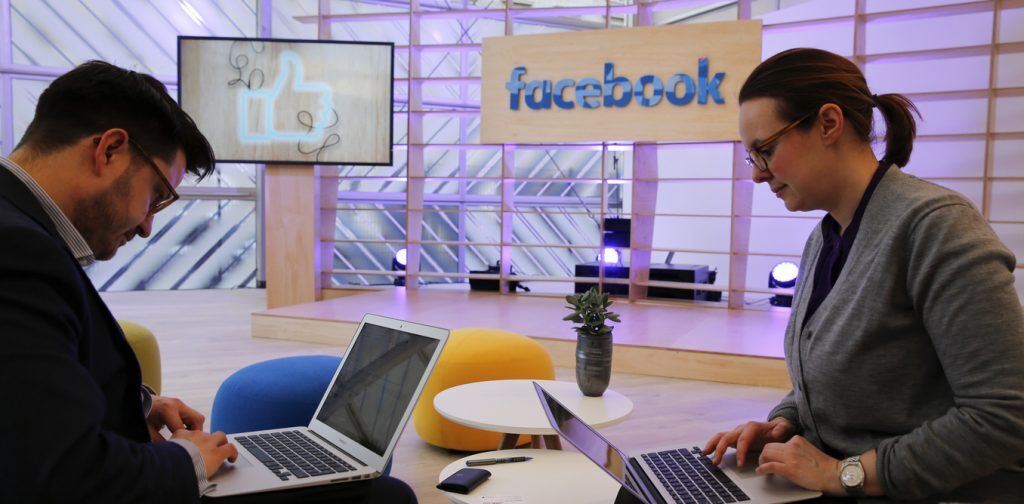The only surprising thing about major brands pulling their YouTube advertising for appearing alongside extremism and hate speech was how long it took to happen.
Google has been criticised for years about the problems with its YouTube advertising – which sees adverts appearing alongside undesirable, sometimes illegal content, including antisemitism or videos advocating violence – about which the largest search engine has often said it can’t solve.
Starting with a newspaper investigation in London, first the United Kingdom government and other major brands – including the BBC, Unilever and high street retailers – pulled their advertising. Then the crisis spread to the United States. Suddenly, Walmart, Starbucks, Pepsi, AT&T and Verizon (America’s largest cellular networks),and Johnson & Johnson pulled their non-search advertising.
YouTube may only account for about 8% of Google’s holding company Alphabet’s US$73.5bn revenue last year, according to researchers eMarketer, but that’s still $5.6bn.
Advertisers quite rightly don’t want their brands associated with attacks on minorities or hate speech, but until now Google has appeared unable to fix this. Funny how many millions of lost revenue and a massive public outcry can spur on solutions to something once deemed impossible. All the 300 hours of video uploaded to YouTube every minute cannot be checked by a human moderator – unless the content is flagged inappropriate first by a viewer.
This YouTube advertising drama is reminiscent of the outrage that erupted last year over how fake news site kept appearing on Facebook and for which Google served advertising. Many of these fake news sites then used by “bots” (software robots) to mimic human behaviour, watching adverts for which these fake sites were then paid for. This practise is widespread across the internet. A third of online advertising was being viewed by such bots, a study of the US market found in 2015.
Advertisers have complained about this for years as well as how Facebook and Google measure their ads. Last year Facebook was forced to admit numerous accounting errors in how it counted and billed for its ads. In November Facebook said it had overstated the average time people viewed videos by 60% to 80% for the past two years. This is an astonishing admission.
It’s all the more pertinent because Google and Facebook account for 80-90% of online advertising, according to various estimates and reports.
The problem is Google’s ad display technology is automated – using what’s known as programmatic advertising – driven by algorithms and dispatched to appear alongside YouTube videos by software systems, which can’t differentiate hate speech from music videos. This programmatic advertising also automates the process of bidding for ad space and where the eventual ad appears.
Nor, as the bot problem shows, can the ad systems differentiate between real people and software pretending to be a person viewing an ad. This is potentially an even bigger problem, that has been simmering for years, as bots get more sophisticated and advertisers are billed for displaying their ads to computers and not people.
The advertising industry has been hard pressed to get greater control, and needs the two biggest digital marketing players to lift their game.
Such a public outcry and the lost revenue has certainly sharpened Google and Facebook’s focus.
This column first appeared in Financial Mail
